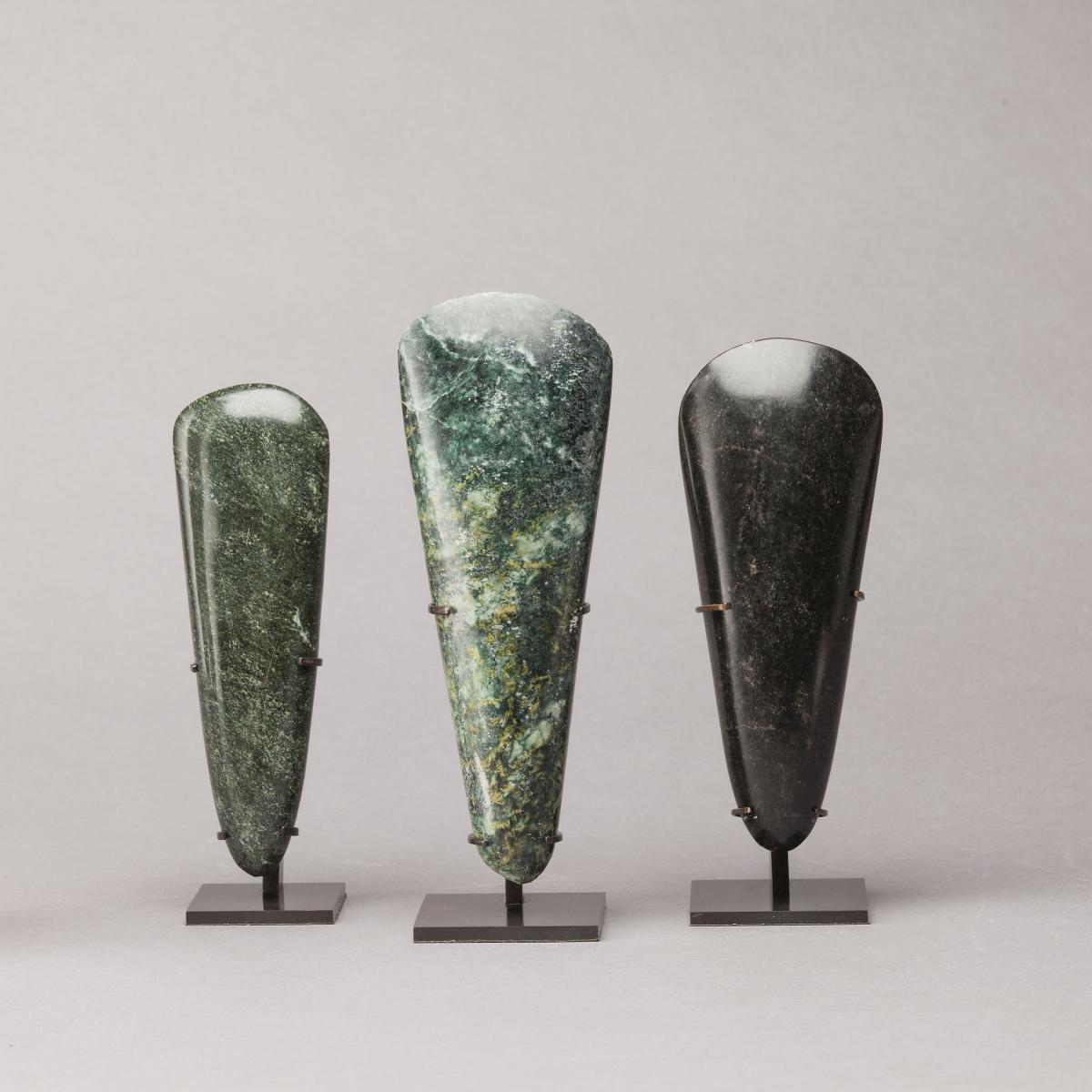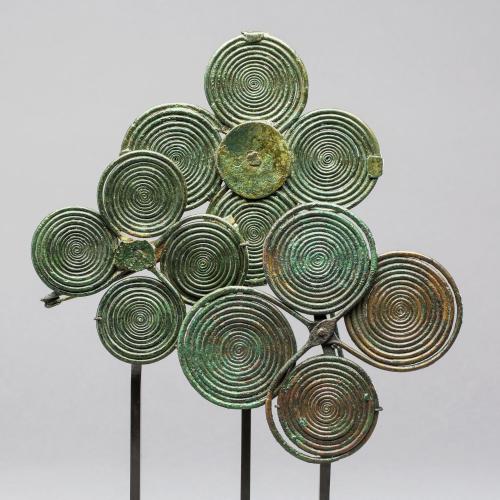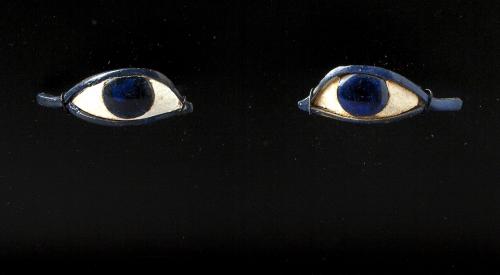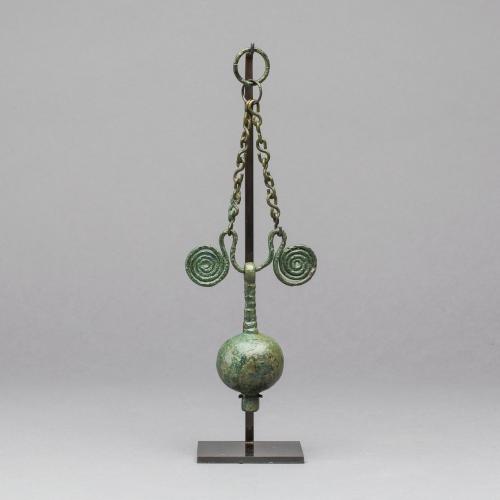

Price on application
This object is eligible for a Certificate of BADA Provenance
The BADA Standard
- Since 1918, BADA has been the leading association for the antiques and fine art trade
- Members are elected for their knowledge, integrity and quality of stock
- Our clients are protected by BADA’s code of conduct
- Our dealers’ membership is reviewed and renewed annually
- Bada.org is a non-profit site: clients deal directly with members and they pay no hidden fees
Ceremonial Stone Adze Blades - Lake Sentani - Papua New Guinea.
The three blades are carved from Chloromelanite.
Late 19th/Early 20th Century.
It was reported by the first European to travel to the Lake Santani area in 1893, missionary G. L. Bink, that stone and shell adze blades were traditionally used for wood carving. The most highly prized stone was chloromelanite which was found in the Cycloop mountains to the north of the lake. The extremely hard, veined, jade-like stone varies in colour according to the surrounding minerals from pale to extremely dark green, almost black. The blade was mounted in a wood haft and was so effective that it was able to carve even the ironwood supporting posts of the chiefs' houses.
The blades were very roughly shaped by 'pecking', striking with a hammer stone, to reduce them to a very basic shape which was then ground away using a sandstone. It was further polished with sand and water, an extremely time-consuming and labour intensive process. The beauty of the stone was such that not only was it appreciated for its usefulness but adze blades were also made for ceremonial purposes and probably also as a form of currency.
The peoples of Melanesia had a number of systems to enable them to exchange goods, the simplest being bartering of one item for another. However, in Papua there was another highly organised system of ceremonial exchange within a certain specified area. Individuals or communities would give prized objects to a partner in the same or a different village. They would not immediately receive a gift in return but at a future date would receive something of at least equal value. The ceremonial giving or kula would take many months of preparation and was perceived as the centre of economic, social and ceremonial life; it not only provided prestige by the accumulation of prized objects but most importantly created a network of obligations which contributed to social stability: it also set up and reinforced trading routes.
A third form of exchange also existed whereby, if an item, such as a stone adze blade, had a stable general value, then it could be used as currency; for instance as payment for a wife or canoe. However, its greatest value would be that by its giving it would buy advancement in society, and those in the positions of authority would store the 'currency' so that it could finally be distributed to the next generation, giving further honour and fame to the deceased and his descendants.
Bibliography:
Melanesia by B.A.L. Cranstone, pub. British Museum 1961.
The Art of Lake Sentani, pub. The Museum of Primitive Art, New York 1959.
Objets de Pouvoir en Nouvelle Guinée, Musée d'Archéologie Nationale, Saint-Germain en Llaye. p.291-303.
Stock number
1740 / 2680aThe BADA Standard
- Since 1918, BADA has been the leading association for the antiques and fine art trade
- Members are elected for their knowledge, integrity and quality of stock
- Our clients are protected by BADA’s code of conduct
- Our dealers’ membership is reviewed and renewed annually
- Bada.org is a non-profit site: clients deal directly with members and they pay no hidden fees




